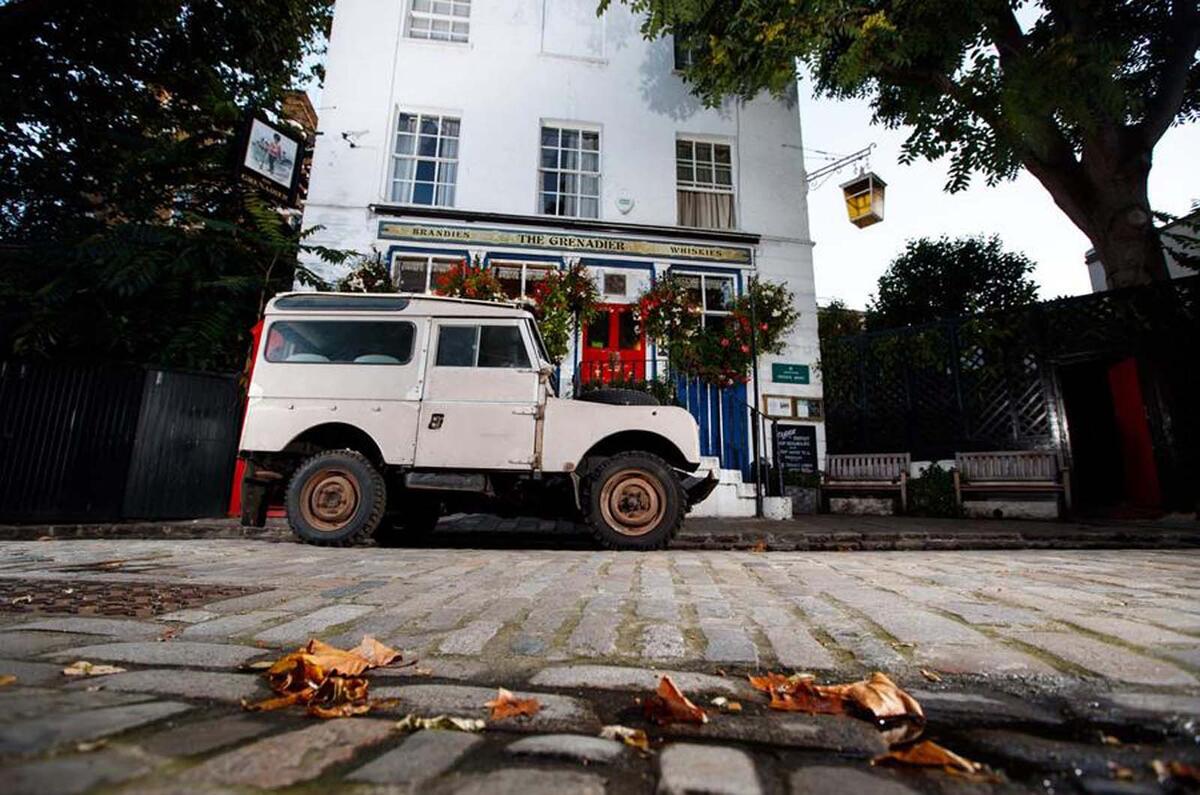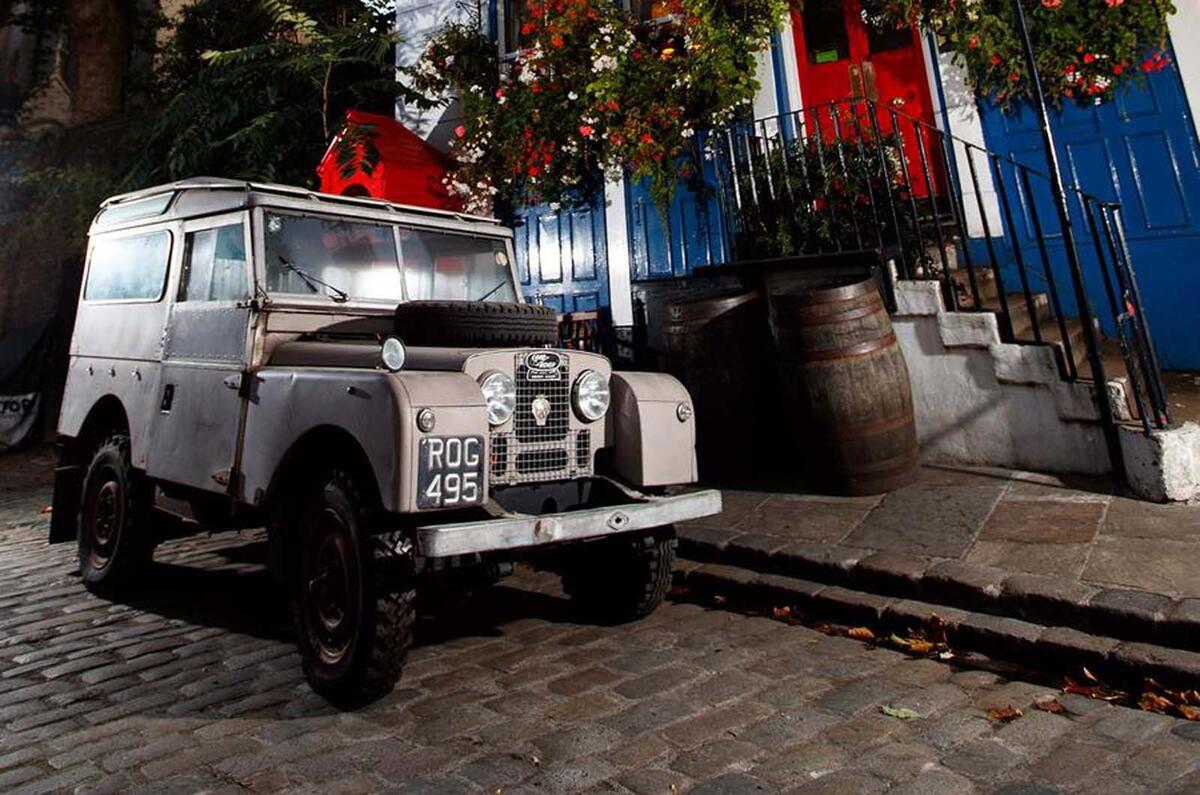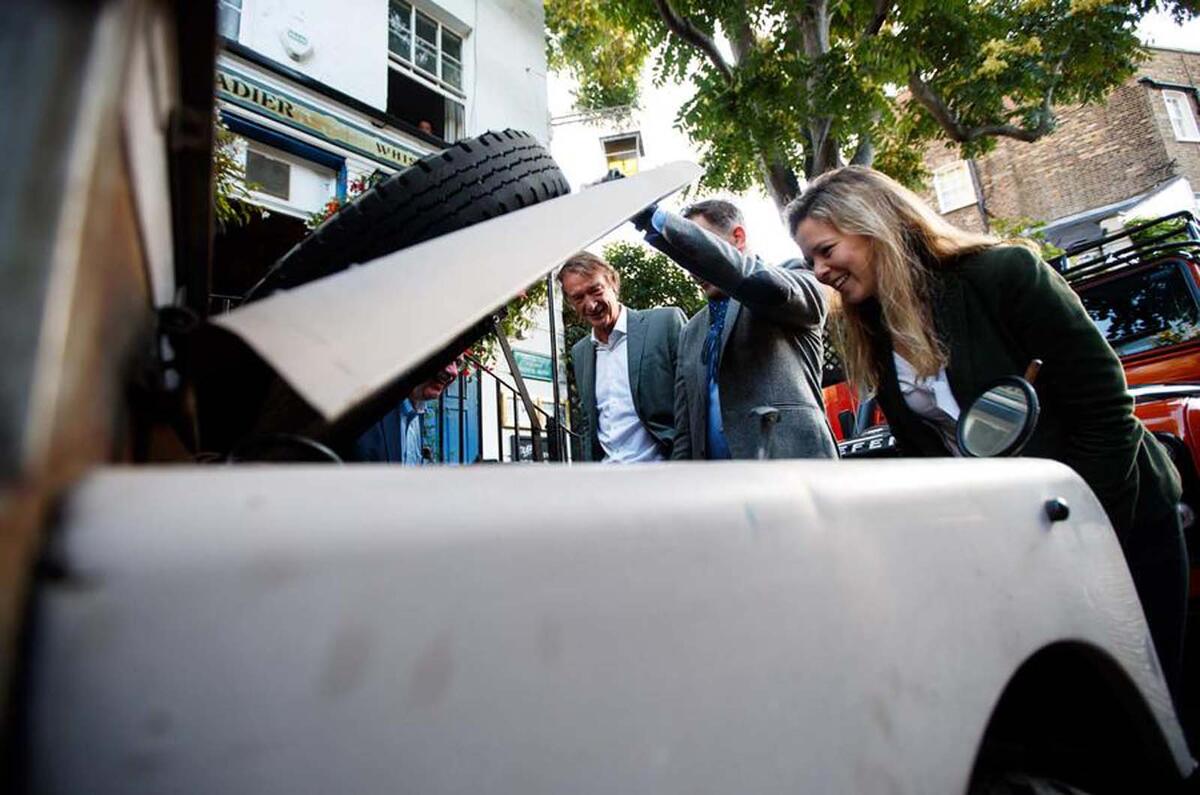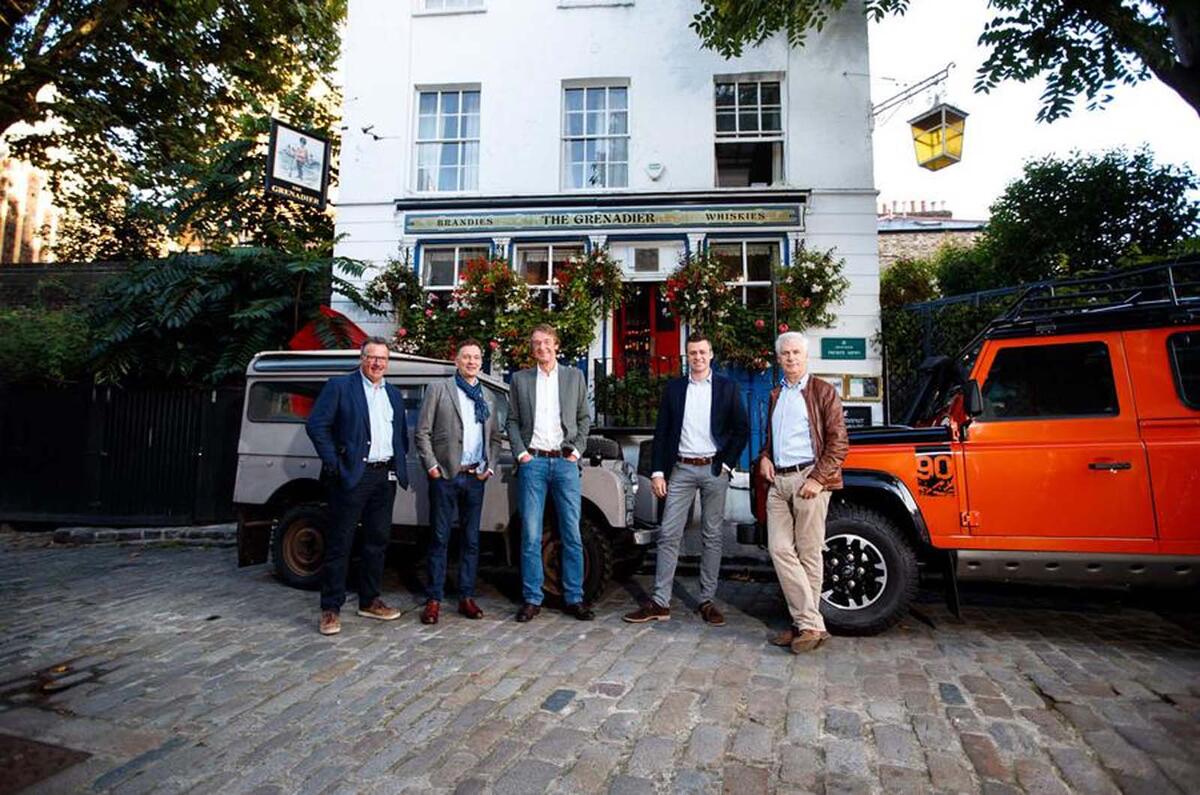The people behind one of the most interesting niche-market cars of the decade, the Ineos Grenadier, need you.
If you like a bit of serious off-roading, they want your ideas, your opinions and the benefit of your experience - particularly if that experience involves a Land Rover Defender. In the medium term, they will want employees, too, of course. But, most of all, as movie robot Johnny Five once said, they just want your ‘input’ – and plenty of it.
Ineos Grenadier off-roader arrives online
As of this week, there’s a website you can visit to deliver that input (www.projektgrenadier.com) and also a host of social media routes to find out exactly how a small band of chemical engineers and hired car-industry specialists plan to do what they think Land Rover ought to be doing but isn’t: building a true successor to the original Land Rover and a world-class, uncompromised, affordable off-roader.

That mission, cooked up by Ineos chairman Jim Ratcliffe and a few associates one Wednesday evening in The Grenadier pub near the company’s Knightsbridge HQ, is what’s currently driving the Ineos Automotive team. Their finished car will be revealed in sketches next year before entering preliminary production in 2019 and appearing in finished form in 2020.
Ineos Automotive announced its intention to create a car that would pick up directly where the now-discontinued Land Rover Defender left off in 2016. It describes Land Rover’s attitude to its proposals as ‘neutral’. As yet, of course, there’s no finished design for Gaydon to take exception to – and, with Jaguar Land Rover's official Defender replacement set to come to fruition in 2019, Ineos will need to proceed carefully with what it describes as “an evolved Defender made as if it were simply a modern, ‘new series’ car”.
The company won’t fear Land Rover’s lawyers, though: being one of the largest privately owned industrial companies in the world, Ineos recorded just under £4bn in profits last year. It is not the kind
 of minnow to just back down and
 go away, you’d guess, after receiving a stiffly worded legal letter.
































Join the debate
Add your comment
Marketing Exercise for a Fracking Business?
Is Ineos the same Company that is gambling with the safety of UK's Groundwater by Fracking some of our most beautiful Countryside?
Is this Cloud Cuckoo Land scheme just a useful marketing exercise to placate the Farmers of the UK, whose livelihoods they are about to put at risk?
"Some blokes in a pub"
Jim Ratclffe is no.18 in The Times Rich List for the UK's wealthiest people in 2017. A self-made multi- billionaire deserves rather more credit than assuming his idea is "batshit".
Can't happen
So let me get this straight. Some blokes in a pub reckon they can produce an off-roader in the spirit of Defender, at the rate of - what is it 25,000 p.a. - starting 2020.
There are IP issues. They have to design it. prototype it, test it. They have to specify and design all the components. They have to source the components, set up the supply chain. The have to type approve it. Crash test it. Build a factory. Equip the factory.
They have to hire designers, engineers, stylists, a warranty team, buyers, a sales and service team. Hire and train a manufacturing workforce. They'll need dealers, a spare parts network. All this before you get properly tedious and talk about quality, process, human factors, IT, systems, fixtures and fittings.
It could be done. But. Car companies do not spring up overnight, they take a lot of money to set up. Ineos are starting from zero and they cannot use one iota of the Defender's image or design.
To me the idea sounds very much like batshit. Just like Brexit come to think of it.